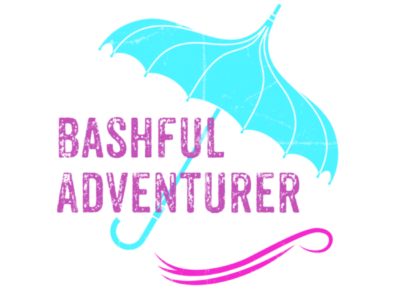Getting Some Ideas from an Old 1972 Visitor Guide
 Visiting the Mendocino Coast for the first time, I quickly am reminded how little history of the Western United States I remember from any educational instruction on the topic. The details on Native Americans in the area, the gold rush, the timber industry supplied by redwoods, and settlements by Russians, Asians, and others have somehow eluded me over the years. Fortunately, I managed to pick up an old guide to the vicinity written by Barbara Dorr Mullen.
Visiting the Mendocino Coast for the first time, I quickly am reminded how little history of the Western United States I remember from any educational instruction on the topic. The details on Native Americans in the area, the gold rush, the timber industry supplied by redwoods, and settlements by Russians, Asians, and others have somehow eluded me over the years. Fortunately, I managed to pick up an old guide to the vicinity written by Barbara Dorr Mullen.
Contemporary Relevance of a 1972 Visitor Guide
I have the second edition of The Mendocino Coast published in 1972 and issued at $1.95 per copy. It’s a perfect little history of the region, published on recycled paper with black and white photos taken with actual film. This unpaginated work is a charming look into the past and a tribute, of sort, to those who have managed to preserve the charm of the Mendocino Coast, because much is the same in the current millennium as it was almost 50 years ago. Dorr Mullen urges its caretaking in her very first paragraphs.
“We have need of this place with elbow room, wild places and empty ones, tall trees and flowers smaller than a raindrop, oceans of air as well as water,” Barbara Dorr Mullen writes in The Mendocino Coast.
Elbow Room on the Mendocino Coast
Mendocino County, about 150 miles north of San Francisco and a world apart from it, does indeed offer plenty of elbow room, or breathing space, even today. Somehow the area managed to overcome the end of the gold rush boom and replace what were fairly industrial mill towns with art galleries, wineries, and charming inns. Despite the crushing need for timber at various points in time, Mendocino county’s forests remain breathtaking, full of redwoods and elk.
A Dose of the Mendocino Coast’s Local History
Seeing a saloon in the village of Mendocino itself and walking past the Mendocino Hotel (built circa 1858), I cannot help but be curious about the Mendocino Coast’s Wild West past. In Dorr Mullen’s work, I learn that its mill had to shut down temporarily during its first year of operation because one of its owners made off with all of the money. I discover that the Skunk Train farther north in Fort Bragg began its existence as a logging railroad, construction of which began in 1885 and took 26 years to complete. Visiting the Mendocino Coast Botanical Garden, I have to agree with Dorr Mullen’s assessment that it is a “showplace.”
This brief history of the region itself and detail on its most prominent towns are the perfect introduction for a visitor new to the area.
—Lori Tripoli
Planning a visit to the Mendocino Coast?
You might like these posts:
- Mendocino County Safe to Visit? Wildfires Remote from Coastal Tourism
- Three Romantic Getaways in Mendocino County
- You’ll Love These Things to Do in Mendocino County!

